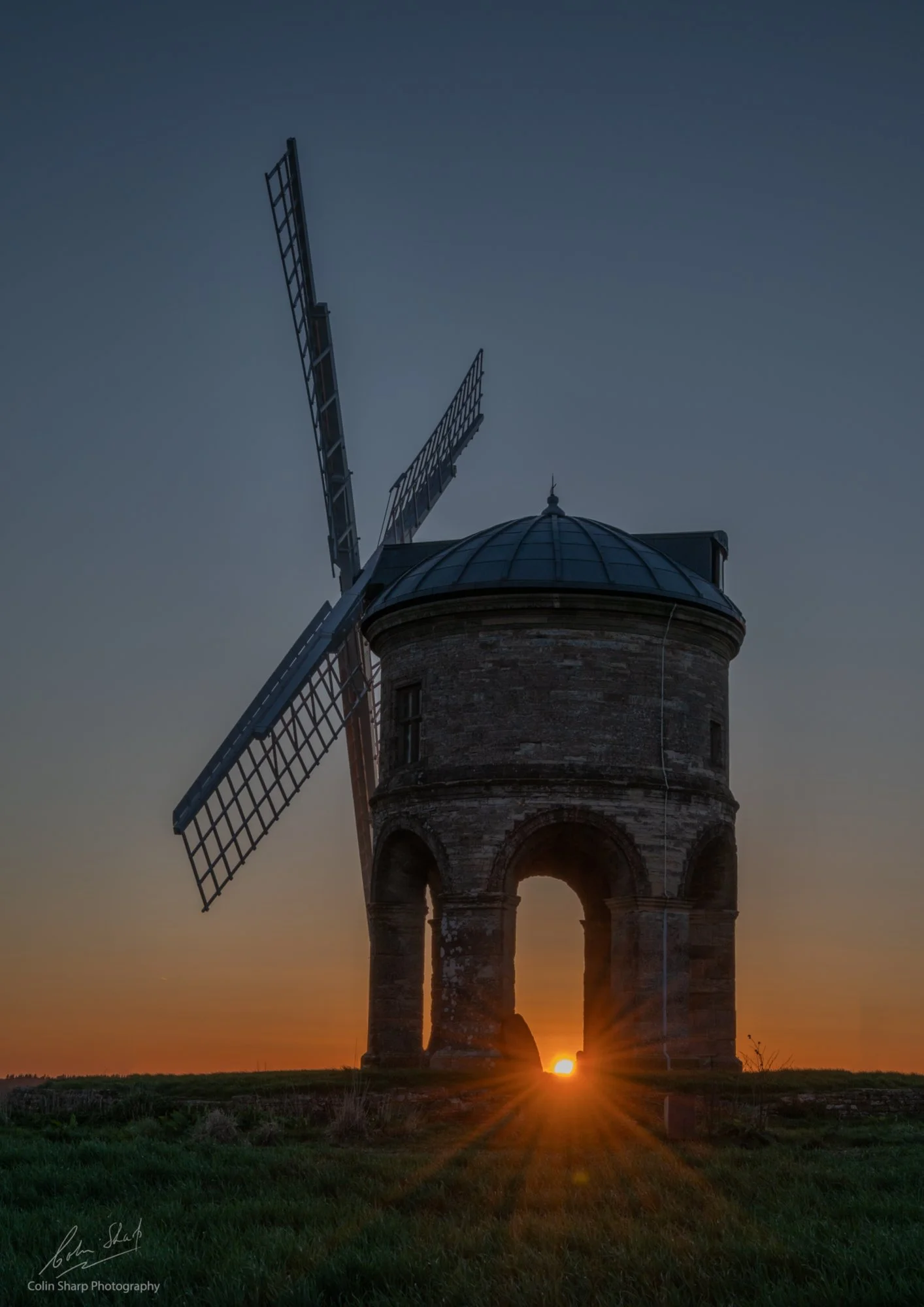
6 Degrees And Under
Update 9 August 2025
It’s mid-summer, but the nights are beginning to draw in - making life a little easier for the night photographer. This evening, I’m heading to Rainham in Essex, hopefully just an hour’s drive, to catch the Sturgeon Full Moon rising over the Queen Elizabeth II Bridge at 20:45. I can expect to be back quite early by 10:30pm.
Using PhotoPills, I’ve planned the shot to capture the moon perfectly centred above the bridge—about 20 metres above the roadway which is roughly 60 metres above the river. The forecast looks promising according to both Windy and Clear Outside, and Google Street View confirms a clear line of sight from my shooting location, just over 5km away. What could possibly go wrong?
Over the past two months, the nights have been too bright for Milky Way photography, with the sun never dipping 18 degrees below the horizon to reach true astronomical darkness. But that’s finally changed, and I’m now hoping for clear skies around the upcoming new moons into winter,
Looking ahead, I’m planning night shoots in the Elan Valley in Wales this September, hopefully a long-awaited trip to Orfordness (thanks to Paul Haworth and Chris Greenfield for helping to arrange it), and visits to the Mullard Observatory in Cambridgshire and to St Michaels Mount in Cornwall. A trip to Porto is also on the cards for November—though whether there’ll be any astro opportunities remains to be seen.
Earlier this year, I returned to Cuckmere Haven for fresh Milky Way compositions, finally captured a moonrise over Belle Tout Lighthouse, and closer to home, photographed a full moon rising through the Wembley Arch.
Hope you enjoy the new images.
Thank you for taking the time to visit this site—I hope you find it interesting.
None of the images here have been lit by bright, direct sunlight. Instead, they were taken when the sun was either very low in the sky or below the horizon.
Light from a low sun is softer, with reduced contrast. This period, known as the Golden Hour, bathes the landscape in warm tones and rich colour saturation. Clouds can glow with pinks and yellows, reflecting their hues onto the land below. As the sun dips below the horizon, its light becomes even warmer until it finally fades away.
This is followed by the Blue Hour, when the warmth disappears, yet the landscape remains visible in a cooler, more subdued light. Then comes twilight and night, when illumination comes from the stars, distant galaxies, charged particles, and artificial sources.
At dawn, the cycle reverses—night gives way to the Blue Hour, followed by the return of the Golden Hour.
-
Sun elevation between 6º and -4º
-
Sun’s elevation between -4º and -6º.
-
Nautical twilight.- elevation of the sun between -6º and -12º.
Astronomical twilight - elevation of the sun between -12º and -18º
-
Sun’s elevation lower than -18º
How it all started for me……..
Although I had been interested in photography for many years, particularly while travelling, the true inspiration for the images on this site came in January 2019 after visiting the Astronomy Photographer of the Year exhibition at the Royal Museums Greenwich. I was in awe of the incredible night sky images on display. That visit sparked a journey—one that began with research, new equipment, and a planned trip to the Atacama Desert later that year.
I quickly learned that this type of photography requires careful planning. The image must be visualised in advance, the location scouted in daylight, the weather forecast checked, and the right kit and clothing prepared.
And what to do while waiting for darkness? You start to notice the soft, warm hues and rich colours as the sun dips lower. Before long, you’re capturing the beauty of the Golden Hour, the Blue Hour, and everything in between.
And so, the journey continues…


